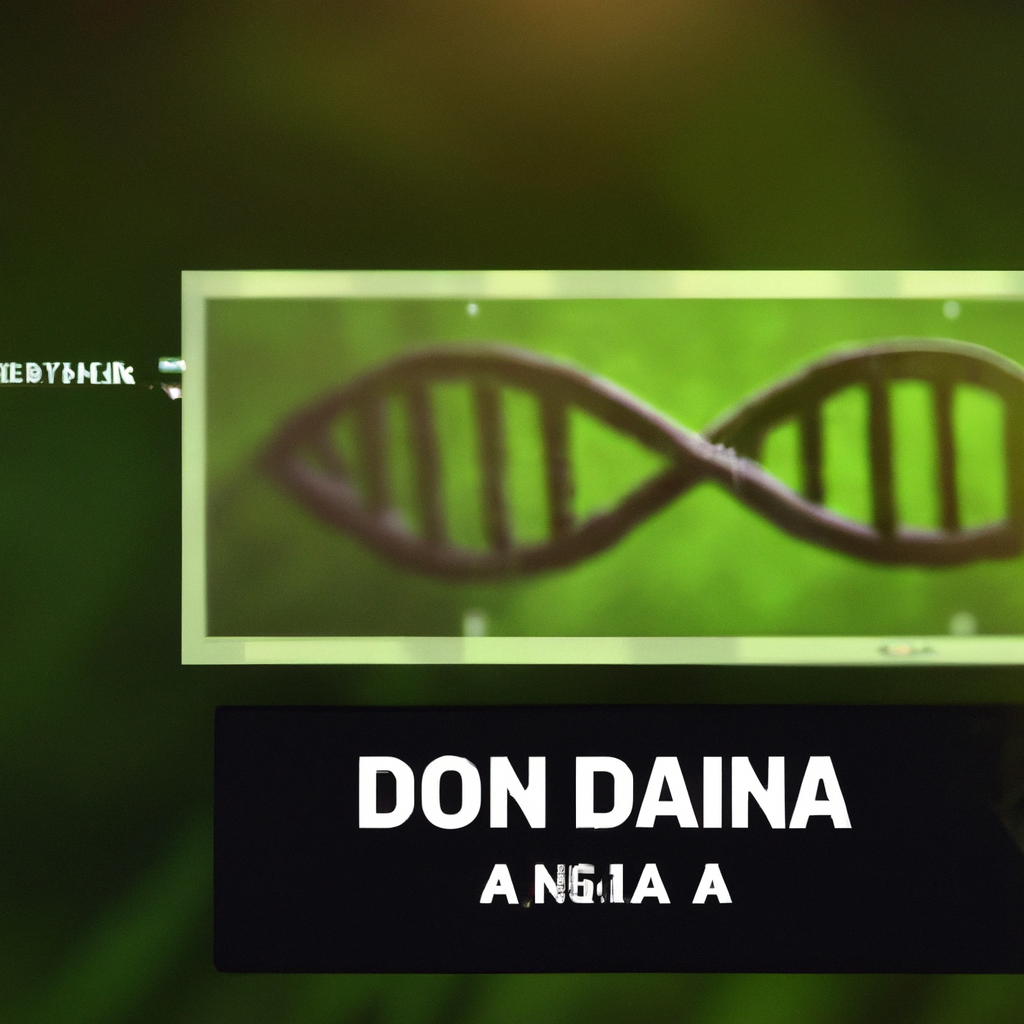DNA sequencing refers to the process of determining the exact sequence of nucleotides in a DNA molecule. It is a crucial tool in genetic testing and DNA analysis, allowing scientists to understand the genetic makeup of an organism, including humans. In recent years, there has been a significant advancement in DNA sequencing technology, with the development of next-generation sequencing (NGS) techniques. This article will provide a comprehensive overview of how DNA sequencing works, including the various techniques used and their applications.
The Basics of DNA Sequencing
DNA sequencing involves determining the order of nucleotides in a DNA molecule. Nucleotides are the building blocks of DNA, and they consist of a sugar, a phosphate group, and a nitrogenous base. The four nitrogenous bases found in DNA are adenine (A), thymine (T), guanine (G), and cytosine (C). The order of these bases determines the genetic code of an organism.
The first DNA sequencing method was developed in the 1970s by Frederick Sanger. This method, known as Sanger sequencing, involves using DNA polymerase to replicate the DNA strand, with the addition of modified nucleotides that terminate the replication process at specific points. These terminated fragments are then separated by size using gel electrophoresis, allowing the sequence to be read.
Next-Generation Sequencing Techniques
NGS techniques have revolutionized DNA sequencing, allowing for faster and more accurate sequencing of large amounts of DNA. There are several NGS techniques, including:
1. Illumina Sequencing: This technique involves fragmenting the DNA into small pieces, attaching adapters to the ends of the fragments, and then sequencing the fragments in parallel using fluorescently labeled nucleotides. The resulting sequence data is then assembled using bioinformatics tools.
2. 454 Pyrosequencing: This method involves amplifying the DNA using polymerase chain reaction (PCR) and then sequencing the amplified DNA using a series of enzymatic reactions that release pyrophosphate molecules. The released pyrophosphate molecules are then detected and used to determine the sequence of the DNA.
3. Ion Torrent Sequencing: This technique involves detecting hydrogen ions that are released during the polymerization of nucleotides. As each nucleotide is added to the DNA strand, a hydrogen ion is released, and this release is detected and used to determine the sequence.
Applications of DNA Sequencing
DNA sequencing has numerous applications, including:
1. Medical Diagnosis: DNA sequencing can be used to diagnose genetic disorders, such as cystic fibrosis and sickle cell anemia. It can also be used to determine an individual’s risk of developing certain diseases, such as breast cancer.
2. Forensic Science: DNA sequencing can be used in forensic investigations to identify suspects and victims based on their DNA profiles.
3. Evolutionary Biology: DNA sequencing can be used to study the evolutionary relationships between organisms and trace the origin and spread of species.
4. Agriculture: DNA sequencing can be used to identify and breed plants and animals with desirable traits, such as disease resistance and high yield.
Conclusion
In conclusion, DNA sequencing is a vital tool in genetic testing and DNA analysis. It involves determining the sequence of nucleotides in a DNA molecule, which allows scientists to understand the genetic makeup of an organism. NGS techniques have revolutionized DNA sequencing, allowing for faster and more accurate sequencing of large amounts of DNA. The applications of DNA sequencing are numerous, ranging from medical diagnosis to agriculture. With continued advancements in DNA sequencing technology, we can expect to gain even more insights into the genetic code of life.







